Photographic Storyboards - The Next Door
FOR ANYONE WHO'S BEEN INVOLVED IN A VIDEO production, it's no secret that it's a time intensive process. No matter how long you spend planning and organizing your shoot, it's going to take a while to get each shot the way you want it. And because each day of production is a day of expenses on equipment, crew, and talent, using time efficiently is crucial. But one idea I've found for speeding up the filming process – and likely even improving the final product – is what I call "photoboarding".
So what is "photoboarding"? Essentially, it's photographic storyboarding—shooting the entire movie with photographs before filming it on video. It's an alternative to hand-drawn or computer-generated storyboards, and perhaps even more practical. Storyboards are certainly useful. They give the crew an idea of what the shot needs to look like when they set up. But they are meant to be more of a springboard than a blueprint. Usually the crew looks at a storyboard and then experiments with ways to match its general feel in the shot. "Photoboards" take a bit longer in preproduction, incorporating locations and stand-ins, but the payoff in production is immense. It's like making the movie a second time. In my case, when I was asked to work on The Next Door as the Photoboarder (if that wasn't a real thing, it is now), I learned firsthand that the benefits far outweigh the sacrifice. The award-winning, 34-minute short film was filmed in just four and a half days. Based on the amount of locations used, the film length, and the quality of the final product, completing production in that amount of time was nothing short of extraordinary.
The writer and director, Barrett Burgin, credits much of that quality efficiency to the storyboards, which took about four 5-hour days. He and I went to the locations we would be filming and he played the role of actor while I was behind the camera. Together, we captured his vision for the film through still images. Before the real filming started, I compiled and printed the storyboards for Barrett as reference in directing actors, the DP, and other crew members, many of whom also had their own copies. Consequently, there was very little concern about where to put the actors or the camera (even how and where they should move) because many of those things had already been decided. Sometimes providing direction was as simple as saying "The next scene we're filming is 12A. Look at your storyboards and make it look like that."
(To see production art I did for the film, including photos and cinemagraphs, click here.)
In directing the film, the photoboards allowed Barrett's efforts (and everyone else's) to be more focused on the details, because the basics no longer needed attention—every shot had already been considered and created right there on set. He spent less time figuring out the scene and more time perfecting it. On top of that, he did much more than just create the characters in writing: he better understood how to direct his actors because he had already performed the scenes himself. Everyone and everything on the set were familiar to him.
Below is an example of one shot represented in two gifs, demonstrating how heavily the storyboards influenced the final shot.
Barrett is so convinced of the effectiveness of photoboarding he has said multiple times "I can't imagine doing it any other way." In regards to the film's chase scene, I recently said "I'm sure the [photos] made quite the difference in knowing what to do," and he replied that "they made all the difference." Considering The Next Door was accepted into nearly ten film festivals, you might do well to take him at his word.
You can watch the finished film on Amazon either through an Amazon Prime account or through rental.
Until next time, here are a few more final shots next to their storyboards:
-Erik Robinson









